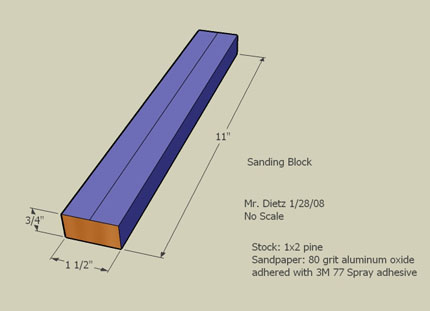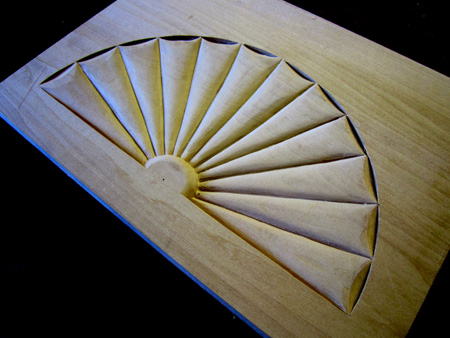Weston Middle School
Technology/EngineeringCourse Materials
Course M884 GRADE 8 DESIGN/CONSTRUCTION Room 143
Instructor
: Jonathan Dietz
dietzj@weston.org
(781) 529-8060 x 6142
1. Texts:
There is no textbook for this course. While there are numerous books, articles, and videos that describe woodworking techniques and projects, they are no substitute for actual hands-on encounters between wood, tools, and finishes.
Technology- the knowledge of how to make things- is learned with both the head and the hand- "Mens et Manus ".
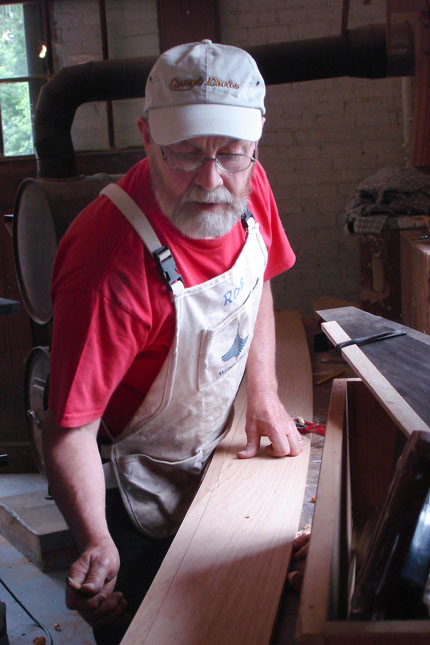
2. Topics and Techniques:
- Workshop Safety
- Orthographic Drawing
- Drawing with Google SketchUp
- Types of Wood
- Types of Sandpaper
- Using a Miter Saw
- Marking Up wood
- Gluing and Clamping techniques
- Bandsaw Techniques
- Router Techniques
- Sanding Techniques
- Use of Acrylic Paints
- Dye and Stain Techniques
- Woodburning Design Techniques
- Decoupage and Gold Leaf Techniques
- Finishes- Polyurethane, Danish Oil, Wax
- Mortise-and-tenon joinery
- Furniture design and construction techniques
3. Further Reading:
- Woodworking For Kids
- Videos:
4. Course Objectives:
"....We teach woodworking for the same reasons we teach music- the pleasure and personal growth of the student. My program isn't an industrial-arts course, and career education is not its goal. We aim:
- to give students a worthwhile experience working with wood.
-to make them aware of their ability.
-to help them understand and master the course material.
-to help students develop skills in planning a substantial, long-term project, deal with the concomitant frustrations and develop patience. ( This includes developing the skill to communicate their ideas both verbally and visually.)..."
- Richard Sharpe, in Woodworking for Kids
5. Supplies:
The school will supply all neccessary materials to complete assigned projects. If you want more expensive materials ( maple, mahogany, etc.) or a lot more materials than the budget allows, you will need to pay for these yourself.
6. Projects:
We build a basic set of assigned projects, which use a common set of techniques. Each of these can be customized. These include:
- Finished wood component, with
- rabbetted edge
- roundover edge
- hinge mortise
- tenon
- Finished-
- Sanded to 220 grit
- Stained
- Glossy finish
- Includes SketchUp drawing of Component.
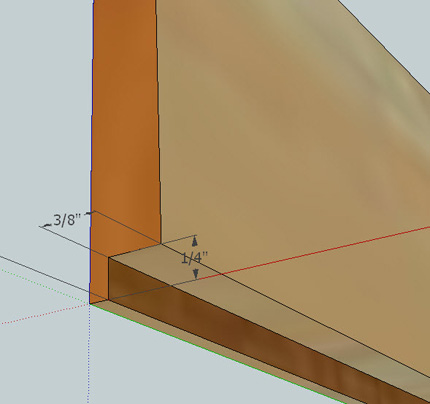
- Kitchenware- 2 items of kitchenware, such as a spatula, spaghetti fork, ladle, stirring spoon- must be:
- Functional
- Ergonomic
- Sanded and finished
- Sturdy

- Mitered box - must have
- Rabbeted sides
- Bottom cover with lining
- Top Cover with illustration or decoration
- Sanded, Stained, and Finished
- Mortised Hinges
- Knob or Pull
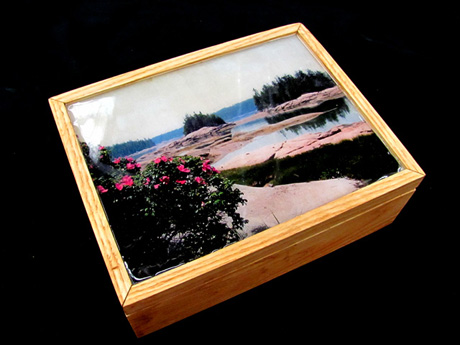
- Elective projects: (must be worked on independently) -One or more of the following:

- 2nd mitered box

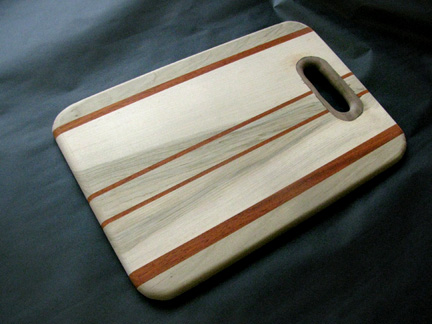
While some students would like to build other projects, these require other techniques and materials requiring separate instruction, which could create chaotic and dangerous conditions in the classroom.
Building weapons, knives, sharpened sticks, or other dangerous items is not permitted.
7. Course Requirements:
- Work Safely
- Work Safely
- Listen during instruction
- Complete your projects in a professional manner
- Use your time productively
- Clean up after yourself
See additional information at Course Expectations
8. Rules for Classroom Behavior:
Students must be able to work safely with the various tools and machines. If you can't, you cannot remain in the class. Detailed safety instructions may be found here.
Whole-class instruction of one or two techniques is given at the beginning of each period. While one-at-a-time, private instruction might be preferred, it is not practical in a large class. So you need to listen. If you make it difficult for others to learn, you will be removed.
If you are waiting for glue or paint to dry, etc., you need to use the time productively to clean up, and/or work to work on a second project.
Do not waste wood, paint, or tools. They cost a fortune.
What you mess up, you need to clean up. I am not your maid. You expect things to be where you need them when you come in. Leaving the place the way you found it is part of common decency, and is a major part of what I want to teach you in this course.
You will be dismissed from your seat when the place is clean and quiet.
9. Grading:
If you apply yourself to your work during the period, try your best, pay attention during instruction, and to your craft, work safely, clean up after yourself, and make the shop a better place because you are here, you should not be concerned about your grade. If you do not do these things, you should be.
-----------------------------------------------------------------
Woodworking is a way of engaging in educational life, of developing perseverance, responsibility, character. Your character is tested every minute.
If your mind is distracted--you screw up
"When a craftsman shapes materials, he is also shaping himself"- Otto Salomon
"Hand and brain co-evolved as a cognitive system. Hands are essential to development of intelligence"-Frank Wilson
"The hands are the cutting edge of the mind"- Jacob Bronowski
When one is depressed, there is a sense of a loss of control, a dulling of the intellect.....we feel better emotionally when we are engaged in a productive activity. By doing we are made more whole.( Kelly Lambert)
Links
Woodworking on the Body:Hip Surgery
Over-Connectedness: William Powers, author of Hamlet's Blackberry
